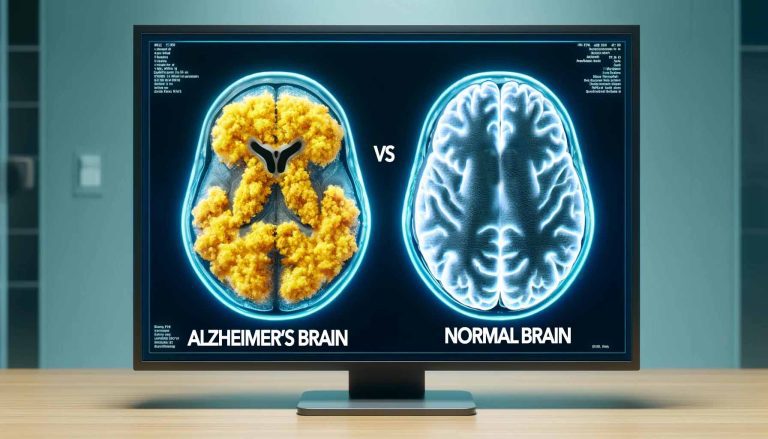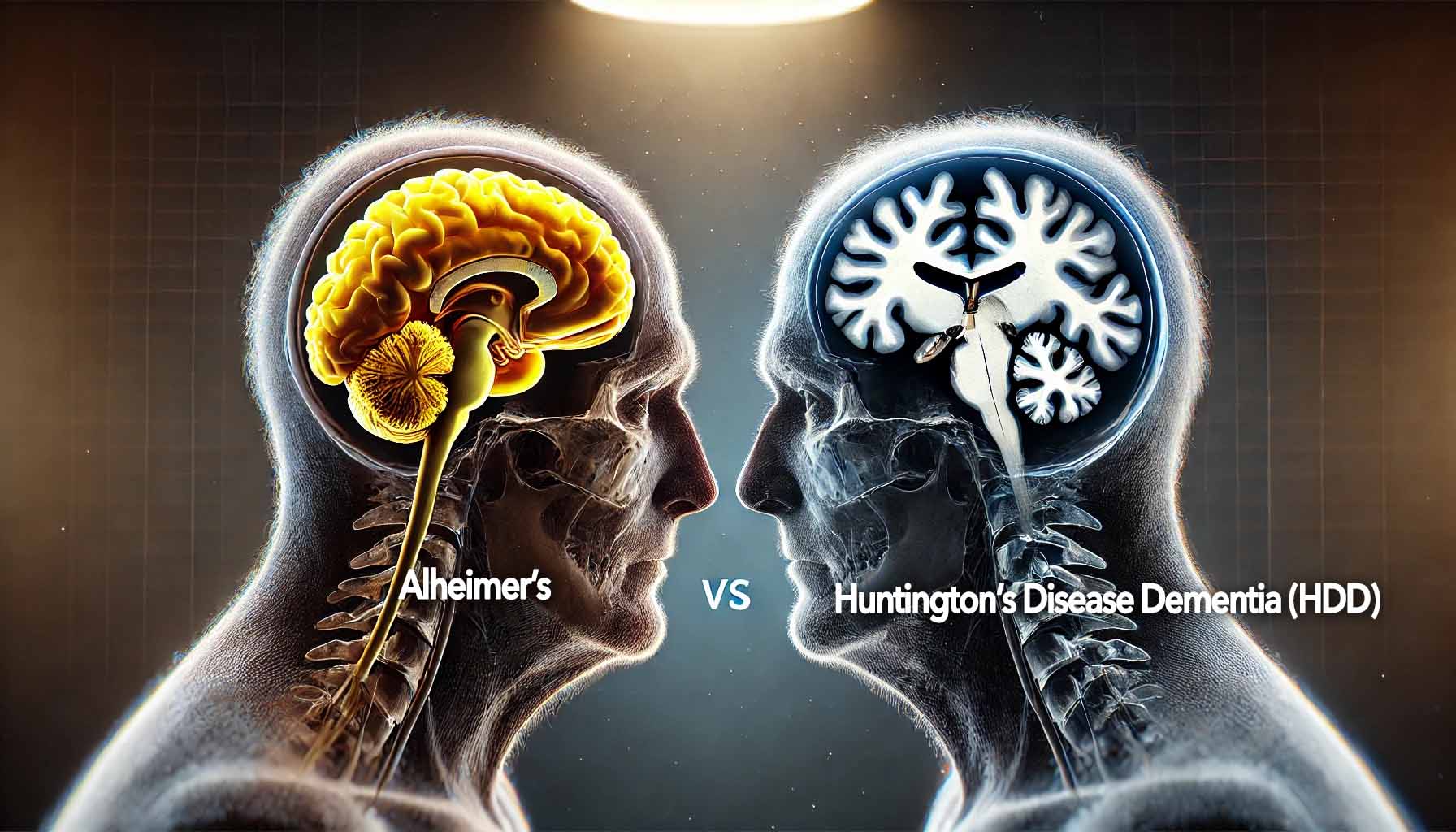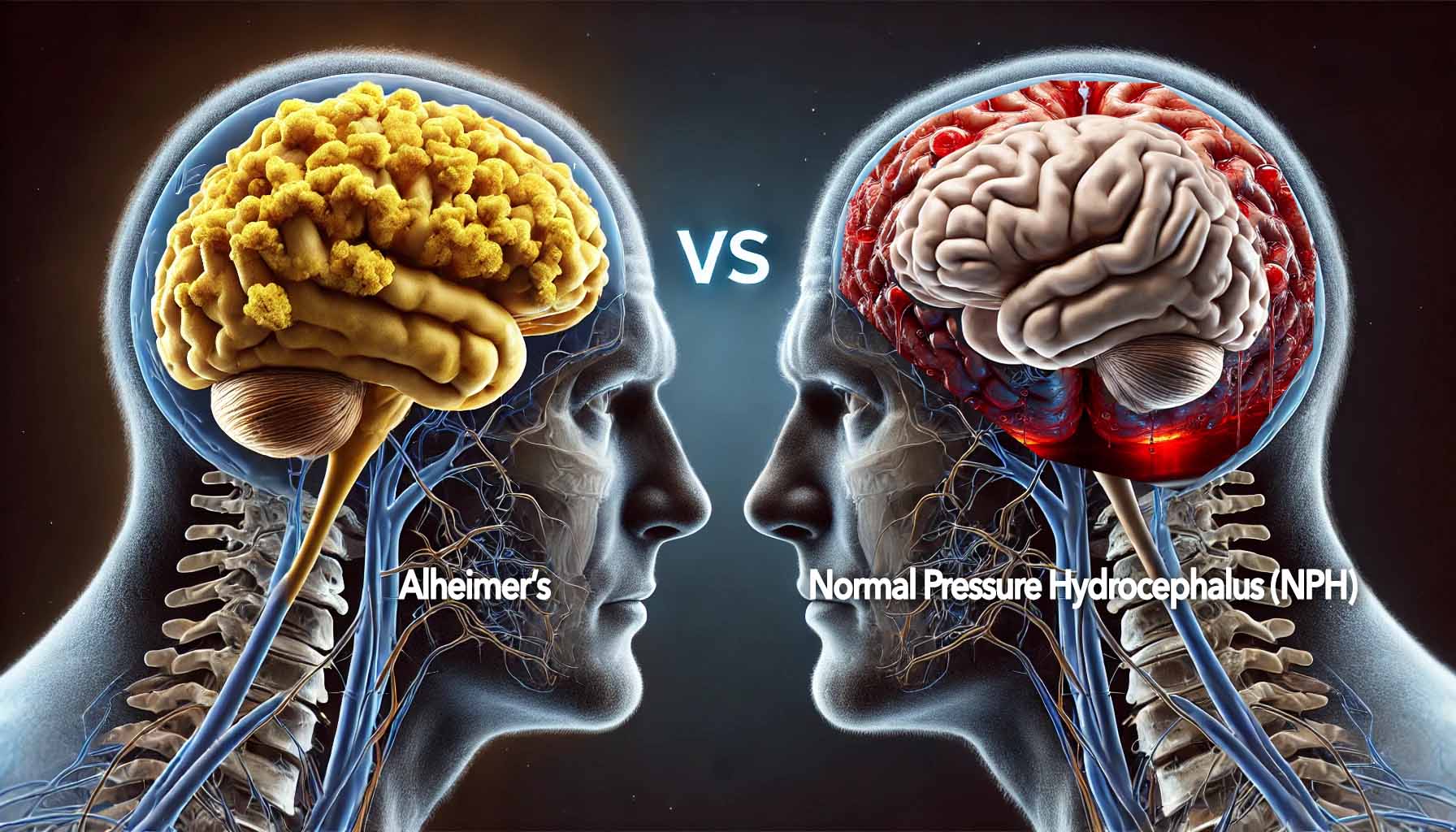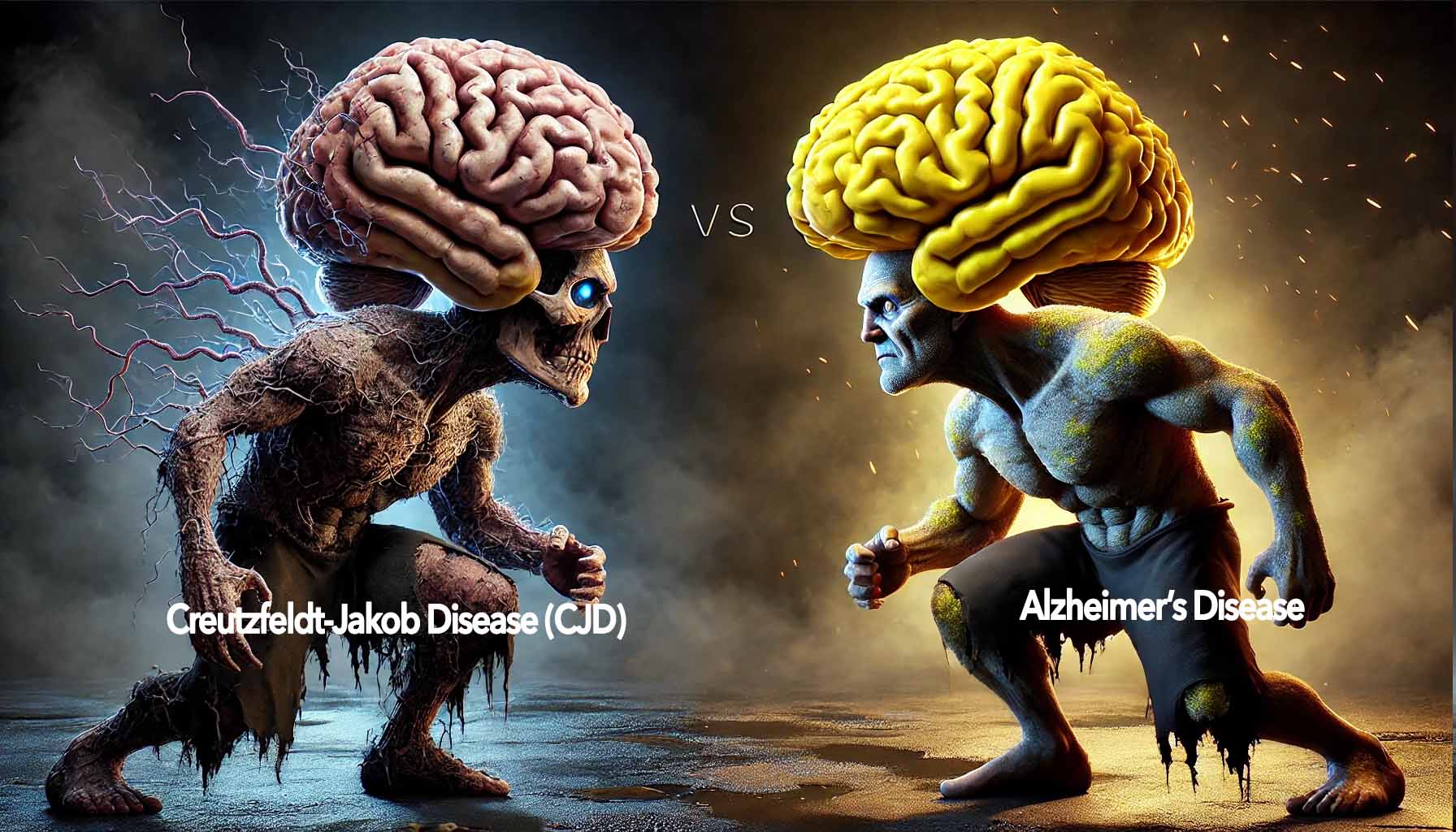What Is Alzheimer’s Disease?
Alzheimer’s disease is a neurodegenerative condition that leads to a progressive decline in cognitive function, primarily due to the buildup of Beta-Amyloid plaques and Tau tangles in the brain. These toxic protein accumulations disrupt communication between brain cells, eventually leading to cell death and widespread brain damage.
How Does a Normal Brain Work?
In a healthy brain, billions of neurons work together to send signals and process information. These neurons connect through synapses to communicate with each other and coordinate everything from memory to decision-making to movement.
In a normal, healthy brain:
- Neurons communicate efficiently through synapses, transmitting electrical and chemical signals.
- Synaptic plasticity allows the brain to adapt, learn, and store memories.
- Cerebral cortex is intact and manages complex functions like memory, attention, perception, and language.
- Hippocampus functions smoothly to store and retrieve memories.
This network allows for efficient processing of thoughts, emotions, memories, and physical movement.
How Does Alzheimer’s Affect the Brain?
In Alzheimer’s, two key proteins—Beta-Amyloid and Tau—start to accumulate abnormally in the brain, creating plaques and tangles that damage neurons and interfere with their ability to communicate.
Beta-Amyloid Plaques: These are clumps of Beta-Amyloid protein that build up between neurons. Over time, they disrupt communication between brain cells and trigger inflammation, further damaging brain tissue.
Tau Tangles: Inside neurons, Tau proteins become twisted, forming tangles that block nutrients and essential materials from moving through the cells. As a result, affected neurons weaken and die.
Brain with Alzheimer’s vs Normal Brain: Physical Differences
| Aspect | Normal Brain | Alzheimer’s Brain |
|---|
| Neuron Communication | Neurons communicate efficiently across synapses | Neurons have disrupted communication due to plaques/tangles |
| Brain Volume | Normal brain size with no significant shrinkage | Significant brain shrinkage, especially in late stages |
| Cerebral Cortex | Intact and fully functioning | Shrinks, leading to memory loss, disorientation, confusion |
| Hippocampus | Properly functioning, storing, and retrieving memories | Shrinks early in the disease, affecting short-term memory |
| Synaptic Plasticity | Brain is adaptable and capable of learning | Reduced plasticity, making learning and memory formation difficult |
| Amyloid Plaques | None | Accumulates between neurons, interfering with communication |
| Tau Tangles | Normal Tau proteins stabilize neuron structure | Tangles form inside neurons, disrupting cell function |
Progression of Alzheimer’s in the Brain
Early Stage Alzheimer’s:
- Hippocampus: One of the first regions affected, which explains early memory problems. The hippocampus is essential for forming new memories, so damage here makes it difficult for Alzheimer’s patients to retain new information.
- Cerebral Cortex: Begins to shrink in areas responsible for reasoning, language, and social behavior, contributing to disorientation and language difficulties.
Moderate Alzheimer’s:
- Plaques and Tangles Spread: As Alzheimer’s progresses, plaques and tangles spread throughout the brain, severely disrupting brain function.
- Brain Shrinkage: Visible shrinkage in brain scans, especially in areas responsible for memory, judgment, and reasoning.
Late Stage Alzheimer’s:
- Significant Brain Atrophy: By the late stages, the brain has shrunk considerably due to widespread cell death. Memory, language, and cognitive abilities are severely impaired.
- Loss of Motor Function: As the disease spreads, it can eventually affect areas of the brain responsible for movement, leading to a loss of coordination, balance, and motor skills.
Symptoms Associated with Alzheimer’s Brain Changes
As these physical changes occur in the brain, patients experience a range of symptoms, which correspond to the progression of the disease:
Early Symptoms:
- Memory Loss: Especially short-term memory.
- Confusion with Time/Place: Disorientation or getting lost in familiar places.
- Language Issues: Struggling to find words or follow conversations.
Moderate Symptoms:
- Difficulty with Daily Activities: Completing tasks like cooking, paying bills, or dressing becomes more challenging.
- Poor Judgment: Making decisions becomes difficult or irrational.
- Mood Swings: Depression, anxiety, or anger may become more pronounced.
Late Symptoms:
- Severe Memory Loss: Loss of long-term memory, inability to recognize loved ones.
- Loss of Motor Skills: Difficulty walking or swallowing.
- Loss of Independence: Patients require full-time care as they lose the ability to perform basic tasks.
Diagnosis: Brain Imaging in Alzheimer’s vs Normal Brain
Diagnosing Alzheimer’s often involves the use of brain imaging technologies to detect the changes occurring in the brain.
MRI and CT Scans:
These scans show structural changes in the brain, including brain atrophy (shrinkage), especially in the hippocampus and cortex. In a normal brain, these areas remain intact, whereas in an Alzheimer’s brain, they appear shrunken or degraded.
PET Scans:
PET scans can detect the presence of Beta-Amyloid plaques in the brain. In Alzheimer’s, these plaques are prevalent, while a normal brain shows none of these abnormal protein deposits.
BAT Testing™:
Our BATWatch™ Protocol includes BAT Testing™, which measures Beta-Amyloid and Tau levels in the blood as an early indicator of Alzheimer’s risk. These levels are typically elevated in patients with Alzheimer’s, while they are within normal ranges in healthy individuals.
Treatment for Alzheimer’s Brain Changes
While there is no cure for Alzheimer’s, treatments aim to slow the progression of the disease and improve quality of life:
Medications: Drugs like Donepezil and Memantine can help manage symptoms by enhancing neuron communication in the brain. These medications are particularly useful in the early and moderate stages of Alzheimer’s.
CogStim Therapy:
Our CogStim therapy is a comprehensive, personalized approach to stimulate cognitive function and improve brain plasticity. By targeting multiple cognitive areas, CogStim can slow cognitive decline and improve brain health.
Wrapping Up…
Alzheimer’s disease significantly alters the structure and function of the brain, leading to memory loss, confusion, and eventual physical impairment. While a normal brain maintains strong communication between neurons and a healthy structure, an Alzheimer’s brain is plagued by toxic protein build-up, shrinkage, and widespread cell death. Early diagnosis and treatment are essential for slowing the disease’s progression and maintaining quality of life.
If you’re concerned about cognitive decline or Alzheimer’s, consult a healthcare provider for early diagnostic options, including BAT Testing™ and brain imaging.
Want to know more about how Alzheimer’s affects the brain? Schedule a consultation today to learn more about brain imaging, BAT Testing™, and other diagnostic options for early detection.




